As the urban population continues to grow at a rapid pace, city planning faces several pressing questions. The key challenges are housing, sufficient infrastructure, and availability of space- all of which increase the demand for resources. So, it becomes essential for cities to find out ways to not only expand their territorial land mass but also to make the process efficient.
But, how is it that we can ensure that the design solutions not only help to accommodate more people but also enhance the sensory experience of urban life? This is where sensory urbanism steps in. First coined by the architect and urban designer David Grahame Shane in his book “Sensory Design” (2007). The book speaks about how to prioritize the sensory experience of a user while developing spaces for them.
What is Sensory Urbanism?
Sensory urbanism is an interdisciplinary field that explores how people perceive their built environment. It is a relatively new concept that aims to create cities that appeal to all people’s senses, through a combination of metaphysical aspects. Its main objective is to create not only an aesthetically pleasing environment that appeals to the five known senses, such as sight, sound, touch, taste, and smell, but also the less commonly considered senses such as proprioception (awareness of one’s body in space) and thermoception (awareness of temperature). This approach to designing an urban space eventually helps to enhance the overall experience of the city for its inhabitants and visitors.
What are the Components of Sensory Urbanism?
To attain a more pleasant and comfortable environment for the users, an architect or urban designer could take into consideration the following components mentioned below:
Experimenting With Materials
One way to create a sense of depth and interest in any built environment is by adding textures and patterns to it. Textures can evoke a variety of emotional responses whereas patterns can create visual interest for the users. In addition to it, the use of different materials and textures can also affect the acoustics of a space, helping to create quiet spaces in busy urban environments. This is how textures and patterns can greatly enhance the sensory experience of space in urbanism.
Play of Light and Shadow
When natural light passes through the fenestrations of a building, it tends to carry a spectacle with it. This effect could also be achieved by maneuvering artificial lights to either focus or divide the attention of the users as per need. This phenomenon has helped to reduce crime rates significantly when used properly in abundance, proving its beneficiary uses in modern-day society.
The Intensity of Sound
The quality of sound also contributes to the well-being of the people affected by it. For example, the sound of traffic can be loud and annoying, while the sound of birds chirping can be soothing and pleasant. By designing the built environment to control and manage the quality of sound, cities can create a more enjoyable and comfortable environment for their inhabitants.
The Fragrance of a City
While the smell of fresh flowers is directly associated with emotions of happiness and the ones of a polluted environment lead to the arousal of feelings that are quite the opposite, designing the built environment to control and manage the smell of a place can lead to the creation of a more pleasant and healthy environment for the users.
Sense of Touch
Although the sense of touch might seem a bit exclusive to an individual in a city, the slightest of road bumps are enough to ruin a person’s day. Therefore, carefully maintaining the even surfaces of a building or a walkway is important to care for the well-being of the users.
Advantages of Sensory Urbanism
The inclusion of sensory urbanism in the built environment of an urban space helps to create a more pleasant and comfortable domain for its users to delve into. Some of the ways sensory urbanism affects people’s lives include:
Improved Mental Health: The use of natural light, greenery, and pleasant sounds can create a serene environment for the users, which can help reduce stress and eventually improve their mental health.
Greater Accessibility: By designing cities that are accessible to people with different abilities, sensory urbanism can promote inclusivity and improve the quality of life for all of its users.
Enhanced Social Interactions: The inclusion of public spaces, such as squares and parks, into the city layout can not only encourage social interactions but also foster a sense of community among residents.
Increased Sense of Belonging: By designing cities that reflect the culture and history of the local community, sensory urbanism can create a stronger sense of belonging and pride among the residents.
Better Economic Opportunities: By designing the built environment to be more attractive, pleasant, and comfortable, sensory urbanism can attract more visitors and businesses, which in turn can increase economic opportunities for residents.
Improved Physical Health: By designing cities that encourage walking and cycling, and providing access to green spaces and parks, sensory urbanism can promote physical activity and improve the overall health of a society.
Disadvantages of Sensory Urbanism
Cost: Sensory urbanism could be quite cost-intensive. When taking into consideration resources that contribute to the functioning of a well-designed infrastructure, the funding needs to be in proportion with the amount of research and tasks to be completed. This can make it difficult to be implemented in areas with limited budgets.
Complexity: Sensory urbanism is a complex approach that takes into account many different factors, such as the intensity of light passing through the window, sound levels in the vicinity, the quality of air circulating, and the feel of a texture. This can make it difficult to implement in practice, as it requires a high level of coordination and collaboration between different stakeholders.
Lack of Standardization: An inadequate understanding of sensory urbanism could lead to having several different interpretations by various practitioners, making the process lack a system of standardization. This can make it difficult to compare and evaluate different projects.
Socio-economic Factors: Sensory urbanism may not be as effective in areas with high levels of poverty and social inequality, as residents may not have the resources or ability to access and enjoy sensory enhancements.
Case in Point
The city of Yokohama, Japan is the home to the “Sensory City” project. This project focuses on creating a more inclusive and accessible city through the use of technology, such as sensors and smart lighting, to enhance the sensory experience of the built environment. For example, the project includes the use of LED lighting to create dynamic and immersive lightscapes in public spaces, as well as the use of soundscaping to create a more pleasant and engaging auditory environment.
Another example of sensory urbanism can be found in the city of Singapore, where the “Sensory Walk” project is working to create a more inclusive and accessible city by designing walkways that are specifically tailored to the needs of people with disabilities. This includes the use of tactile paving, audio guidance, and other sensory cues to help people navigate the built environment more easily.
In Conclusion
Sensory urbanism is an exciting concept that not only deals with the functional aspect of designing but also takes into consideration the sensory experience of the user. This allows for the development of better design solutions that help with the creation of an inclusive and livable environment for all.





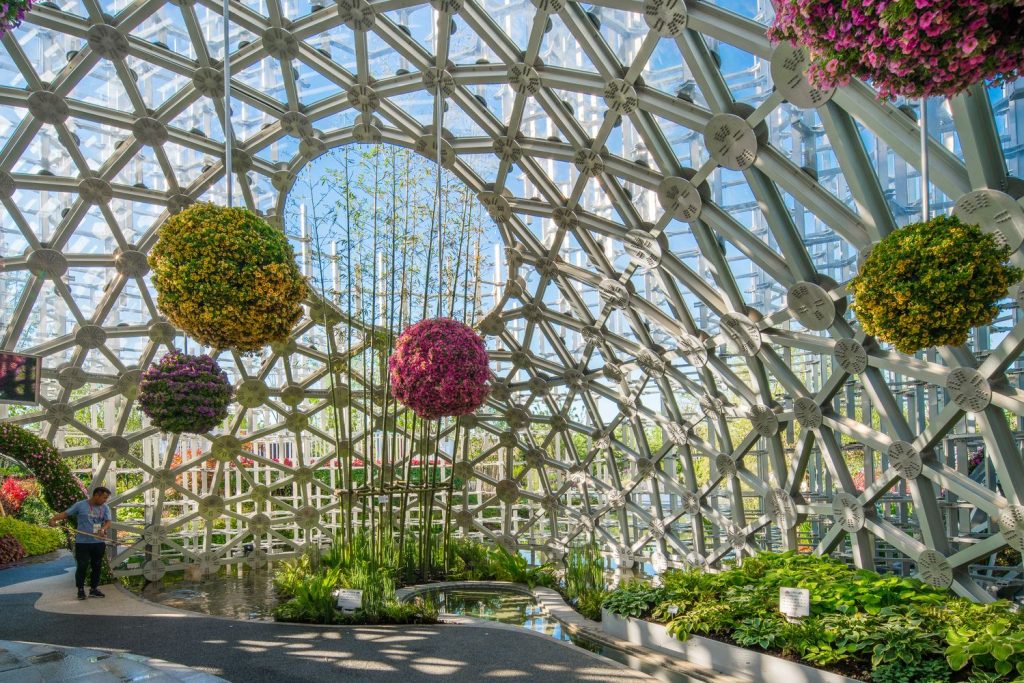
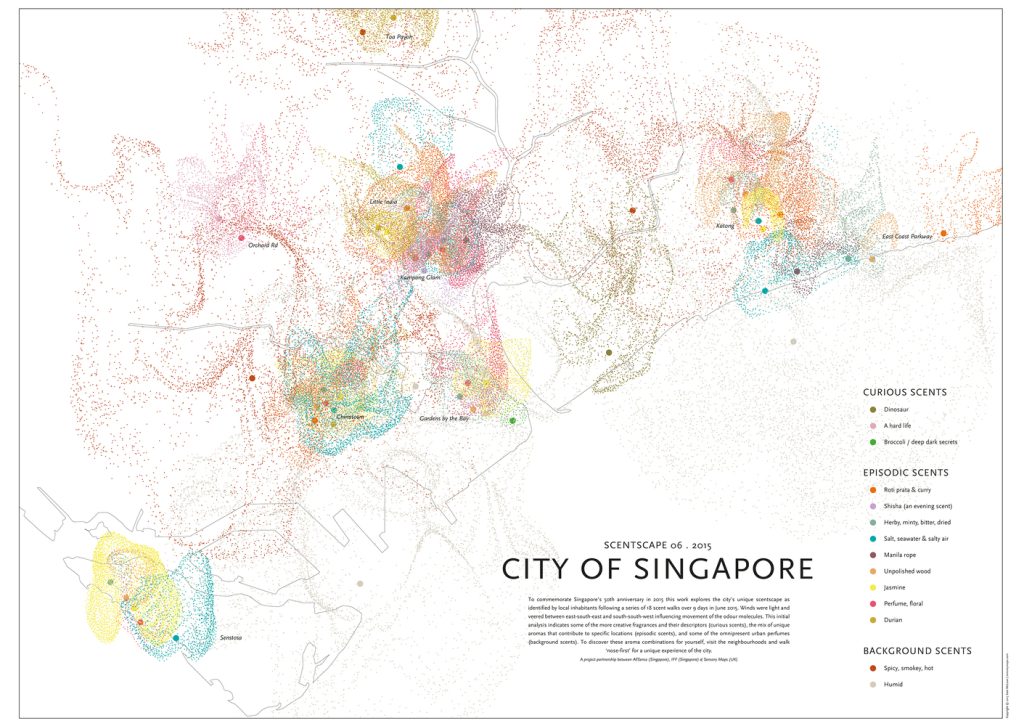
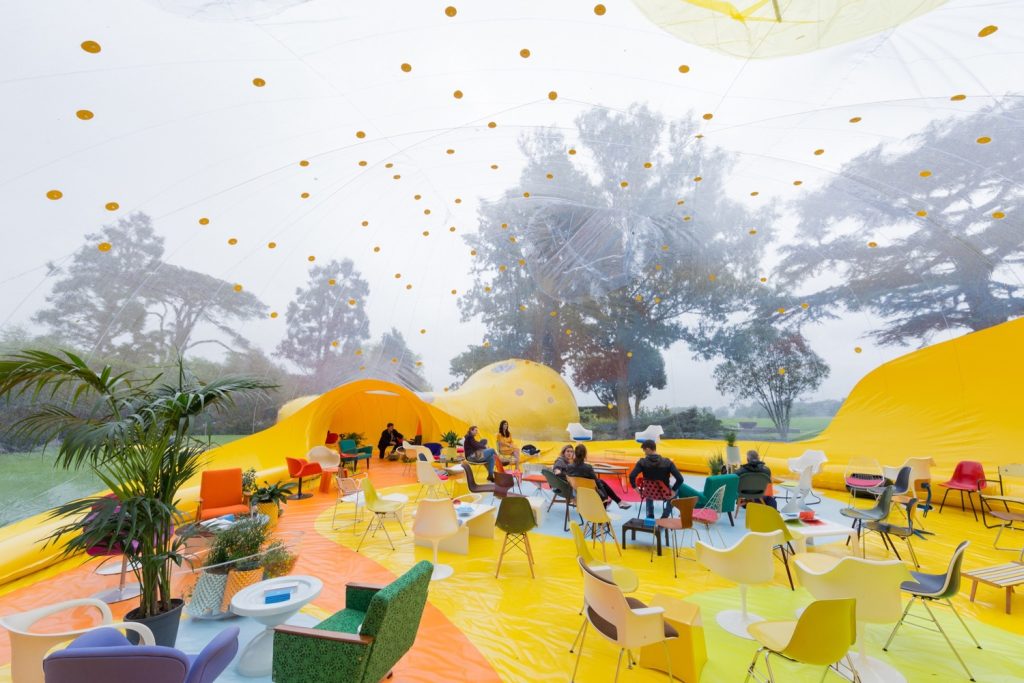

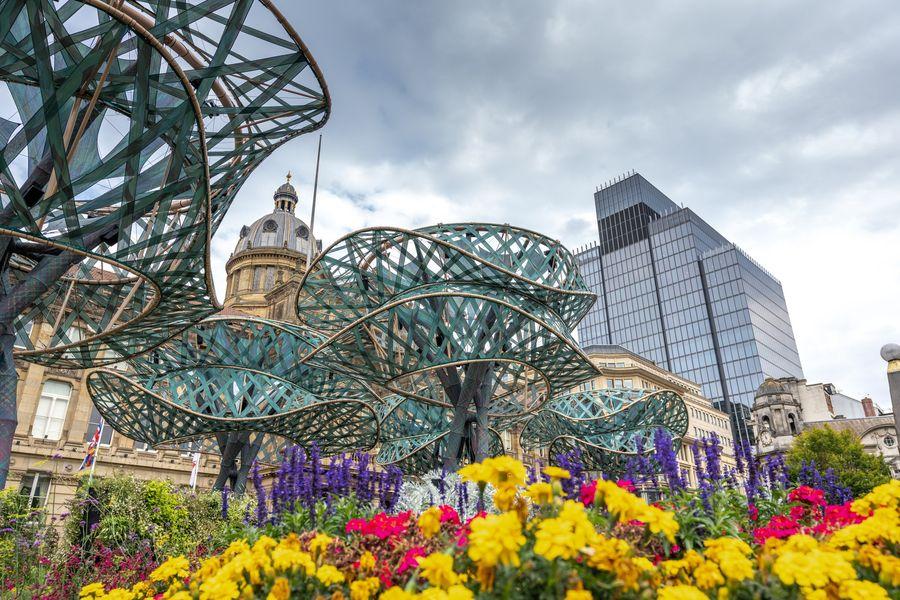
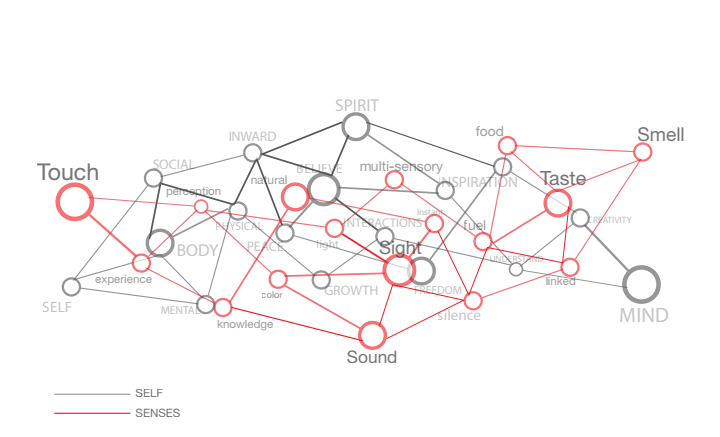
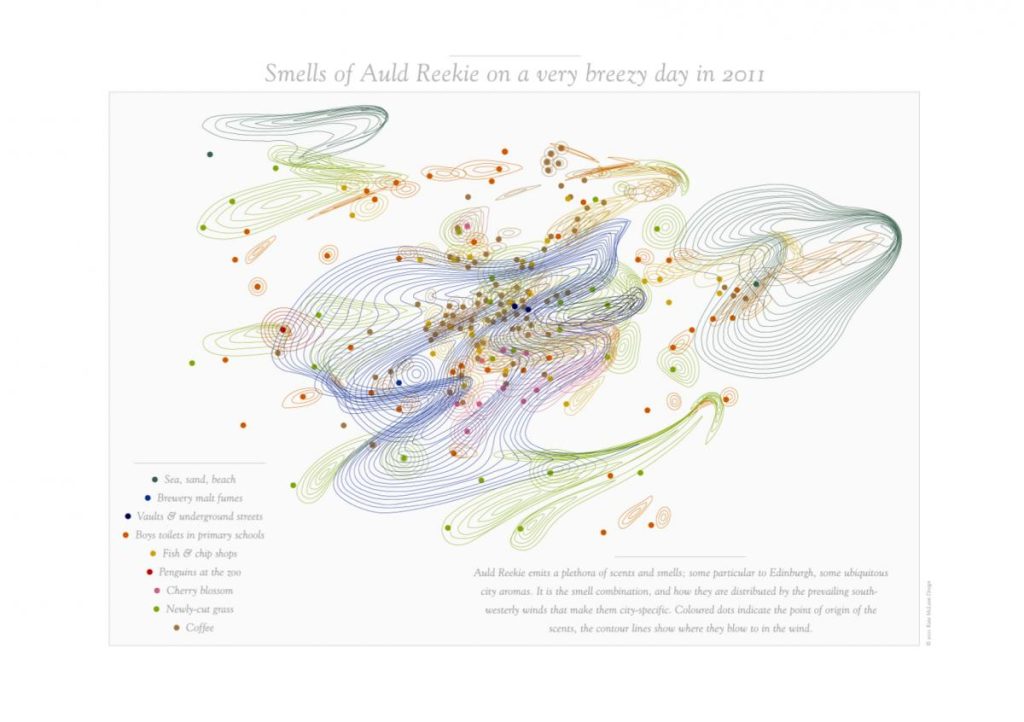














Leave a comment